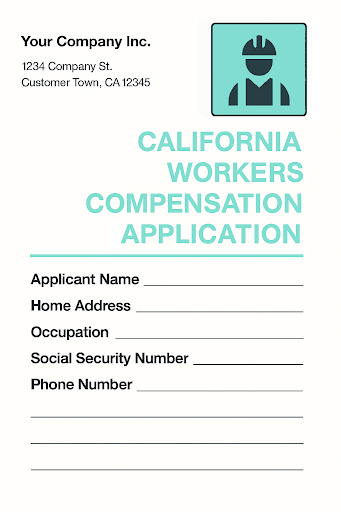Worker's Comp (California) Application
California workers’ compensation applications capture essential applicant, insurer, and coverage details for accurate classification, rating, and underwriting. Feathery’s AI extraction engine automates this by pulling the named insured, business address, entity type, FEIN, effective and expiration dates, insurance carrier, WCIRB classification codes, estimated payroll per classification, and experience modification rating. Limits of insurance and deductibles, including bodily injury by accident, bodily injury by disease, aggregate disease limits, and per-occurrence deductibles, are also extracted.
The engine identifies requested endorsements such as All States coverage, voluntary compensation, U.S. Longshore & Harbor Workers’ Act coverage, Jones Act coverage, and stop gap coverage. Safety declarations, including workplace safety programs, certified drug-free participation, and medical provider network usage, are returned along with included or excluded personnel listings. Policy condition acknowledgments like reporting form agreements and audit requirements are also captured, helping carriers, MGAs, and brokers process applications faster, improve rating accuracy, and streamline policy issuance.





.svg)

